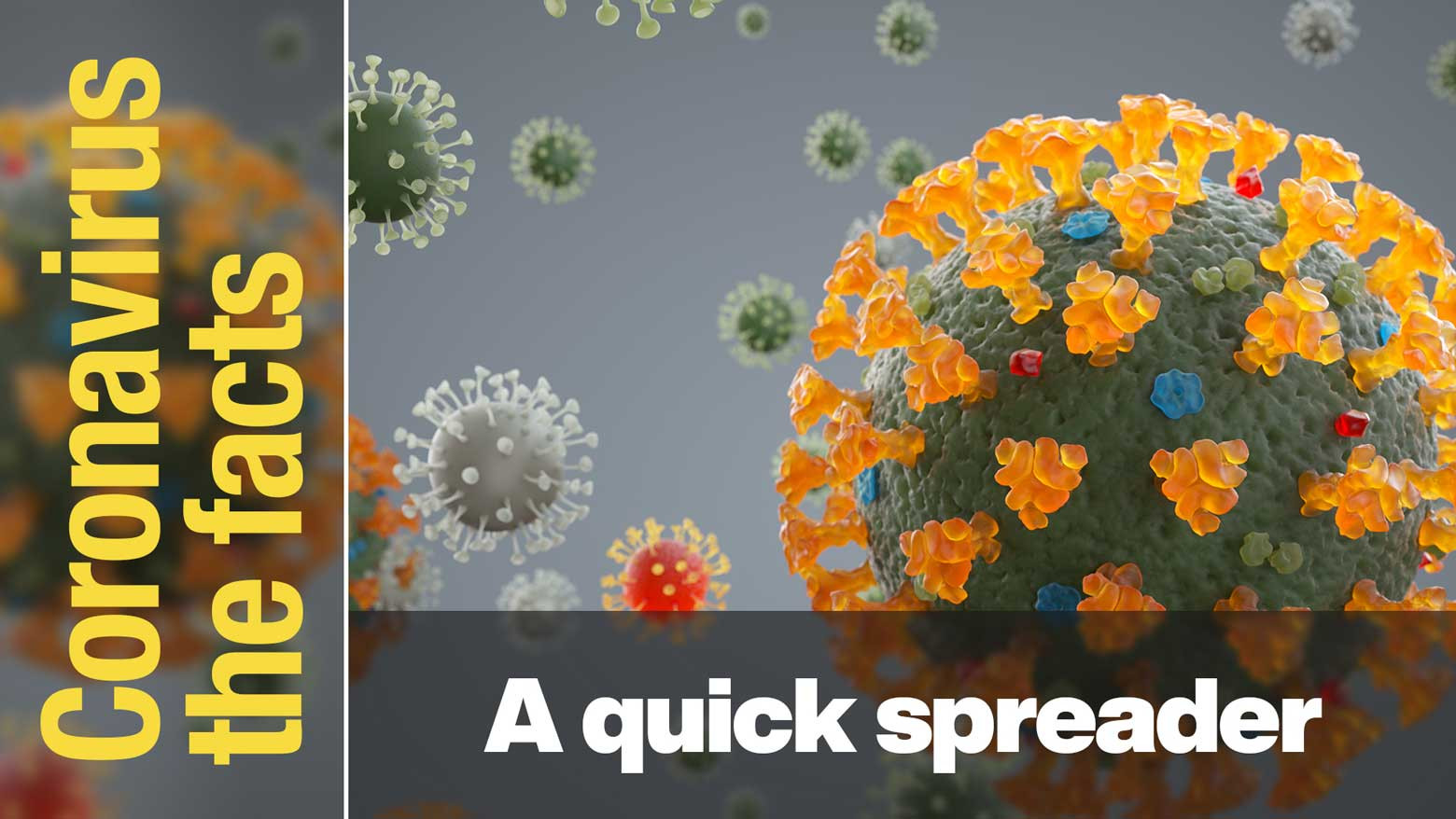This is part 65 of our coronavirus FAQ. Click here to read other installments: #Coronavirus the facts. Find the latest information and answers from experts on COVID-19.
The capacity to infect
The contagiousness of a virus is measured by a variable known as R0 (basic reproduction number). COVID-19 has a rating of about 2.5, making it relatively contagious. In other words, one infected person is estimated to infect about 2.5 others if the person doesn't take any preventive measures.
Measles can be anywhere between 12 and 18, while influenza is reportedly between 2 and 3. MERS is less than 1. A virus is unlikely to spread if its index is less than one.
R0 is an average, meaning some people will infect far more than that figure, and some will infect fewer. For example, if there are ten infected people, eight of those might be infecting almost no one, while the other two may be spreading the virus to many others.
Less-visible virus
Another factor is the new coronavirus' relative invisibility -- in asymptomatic cases, it's hard to tell who is infected. Those without symptoms could also be spreading the virus, which makes it hard to prevent. That's a contrast with SARS, where it's easy to tell who is infected as they typically become seriously ill and are isolated, stopping the spread of infection.
